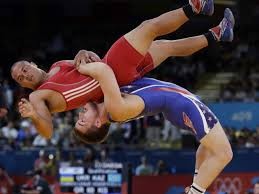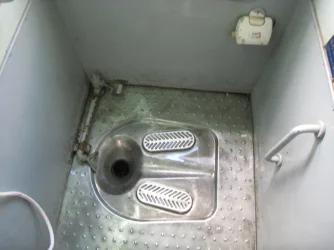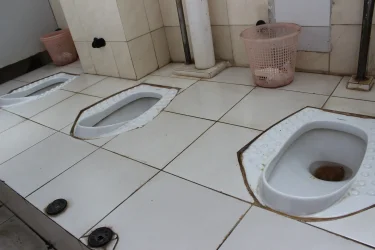wckf92
Master of Arts
Just a quick image search on the web reveals that different WC'ers use different foot alignment with regard to the low horse in the pole form. So, figured I'd see if we could get a discussion going about the pro's / con's.
Q1: does your lineage/WC have this low horse in your pole form?
Q2: if so, are your feet parallel? Or turned slightly outwards?
Q3: do you feel one has any advantages/disadvantages over the other?
Discussion welcome!







Q1: does your lineage/WC have this low horse in your pole form?
Q2: if so, are your feet parallel? Or turned slightly outwards?
Q3: do you feel one has any advantages/disadvantages over the other?
Discussion welcome!




